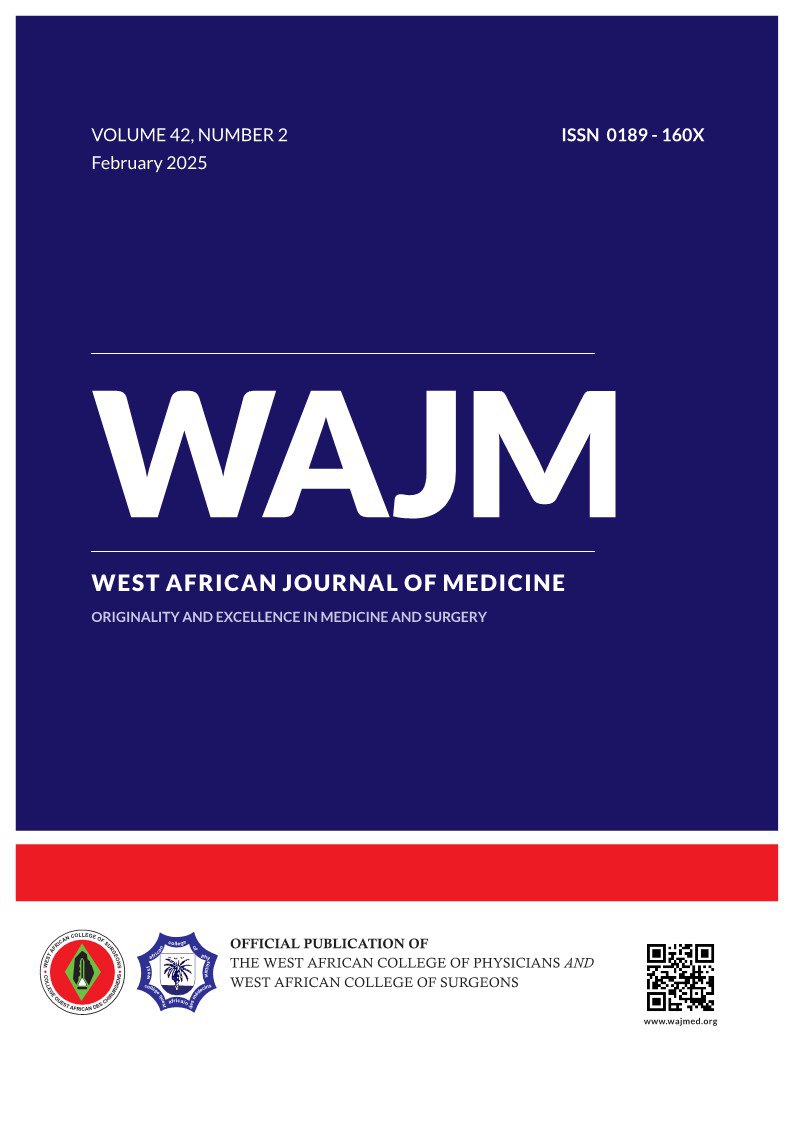ORIGINAL ARTICLE: Promoting Adolescents Oral Health: Effectiveness of Two Oral Health Educational Methods among Senior Secondary School Students in Lagos, Nigeria
West Afr J Med February 2025; 42 (2):143-151 PMID: 40618419
Keywords:
DMFT, Hygiene, Knowledge, Oral health, PracticeAbstract
Objective: To compare the effectiveness of two oral health educational (OHE) methods in improving the oral health status of adolescents in Lagos State.
Methods: A cluster-randomized controlled trial involving 220 adolescents in selected Lagos State secondary schools in Nigeria was conducted. Structured oral health education was delivered didactically to two intervention groups (T1 and T2). Additionally, (T2) received regular weekly oral health messages via WhatsApp and Facebook for three months. The third (control) group (T3) received nothing. OHI-S scores and DMFT findings were recorded following WHO standards, and oral health knowledge and practice were assessed using a questionnaire on Day 1, and subsequently at 1, 3, 6, and 12 months. The statistical test included a Student's t-test, ANOVA, and chi-square test. The critical significance level was set at p < 0.05, and the confidence interval at 95%.
Results: Of 220 participants, 88 were males, and females constituted 132, with a mean age of 16.11±0.6 years. The mean OHI-S score at baseline was 0.76±0.44, 0.80±0.59, and 0.81±0.52 in intervention 1(T1), 2(T2) and control (T3) groups respectively. There was no significant difference between the three groups at various periods (F>0.05), though the group with social media reinforced oral hygiene messages had a significant improvement in oral hygiene at the end of the study. There was a good level of oral health knowledge, but oral health practice was poor in the three groups (T1)74.7%, 51.8%, (T2)80.7%, 66.3%, (T3)72.2%, 51.9%) respectively, with no significant difference between them at the beginning, and end of the study. Similarly, there was no significant difference in the mean DMFT of the three groups at the beginning and end of the study.
Conclusion: OHE using the didactic and social media-reinforced mode of delivery was just as effective as the didactic method alone in improving the oral health status of adolescent school children in Lagos State.


